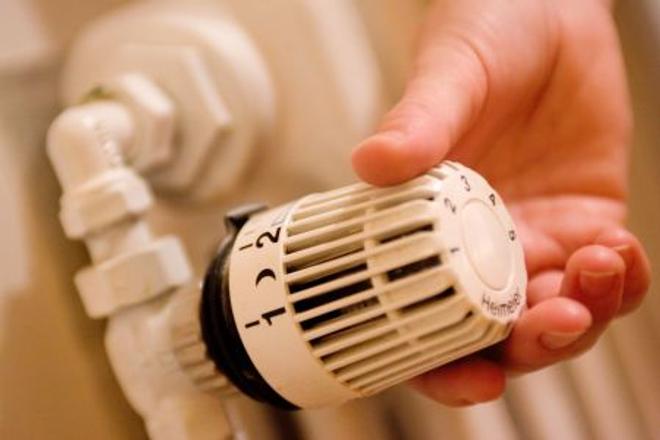NOT ONLY the environment, but also the technologies gradually adapt to increasing temperatures. Most recently, heat producers came with the idea to use existing radiators to cool down, rather than heat up, rooms. Such a change should, among other things, decrease the expenses of the households, they say.
During the past 100 years, the average temperature in Slovakia has increased by 1.1 degrees, and it is expected that by 2075 it will rise by another 2-4 degrees Celsius. Such changes affect the climate and cause that the temperatures that were seen in the Danube Lowland in past decades are now seen in northern districts, according to the Slovak Hydrometeorological Institute (SHMÚ).
“Climate changes which we see also in Slovakia in past years force people to think about cooling their households more often,” said Miroslav Obšivaný, head of the Slovak Association of Heat Producers (SZVT), as quoted by the SITA newswire. He added that since the technologies develop quickly, it is possible radiators will be used to cool off rooms in the coming years.
In addition to the practicalities of such a plan, another reason is the use of production sources of the central heat supply (CZT).
One of the main impacts of the new system should be lower end price of heat. Using the production capacities in CZT systems on maximum would bring significant decrease in fixed costs in the production. This means that during winter there will be hot water in radiators, while in summer the water will be cool. This will reflect in lower prices for heat, Obšivaný explained, as reported by the TASR newswire.
“Cooling via CZT would bring small technological revolution,” Obšivaný said, as quoted by TASR.
The pilot project has already been launched in Zvolen, where the cool water chills offices in an administrative building of local heat supplier. It, however, is not filled in radiators, but in capillary mats attached to the ceilings. This system is different from the plan introduced by SZVT, but works on the same principle.
Other advantages for households
Except for lower prices of heat, the radiators with cool water may bring more benefits to households, the heat producers say. One of them is the quality of cooling that is higher than the chill from air conditioners. It would also be more ecological and more economical than traditional cooling.
Moreover, the households will save money as they will not have to invest into installing air conditioners, SZVT says. The households will be also able to regulate the temperature on their own.
Launching flat cooling via CZT system will, however, require further development of technologies and changes to setting of the supplies system.
“If Slovak technicians and researchers manage to solve problem with condensation of cool water in radiators, we would be able to offer this service to all households and companies connected to CZT systems,” Obšivaný said.
Author: Compiled by Radka Minarechová


 Radiators may be used to cool off rooms in the coming years. (source: SME)
Radiators may be used to cool off rooms in the coming years. (source: SME)